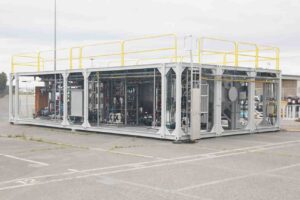
SaltMaker AirBreather Evaporator Crystallizer
Open-to-atmosphere evaporator, operating at low temperatures to concentrate brine.
Saltworks is excited to announce the shipment of two membrane-based industrial wastewater treatment plants. Although electrodialysis reversal (EDR) and reverse osmosis (RO) may be viewed as competing desalination technologies, Saltworks offers both and helps clients navigate the fit case for each. Both plants achieve extreme freshwater recoveries thanks to the advanced technology embedded within them.
Saltworks’ FlexEDR was selected to treat a client’s industrial wastewater effluent that contains challenging organics. The mobile plant will be shipped to South America. FlexEDR was chosen after a competitive review against reverse osmosis (RO) due to Flex EDR’s more robust membranes. This reduces pre-treatment requirements and simplifies plant operations for challenging wastewaters. Typically, EDR is most effective at trimming total dissolved solids and reducing pre-treatment requirements. Saltworks also offers a unique selective EDR that acts as a ‘chloride kidney’ on process flows. On the other hand, RO is more effective at bulk removal of almost all constituents and meeting a stricter treated water quality specification.
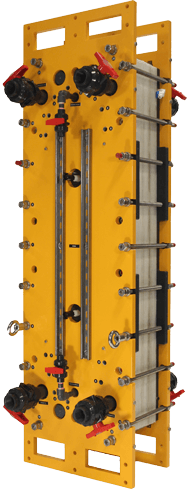
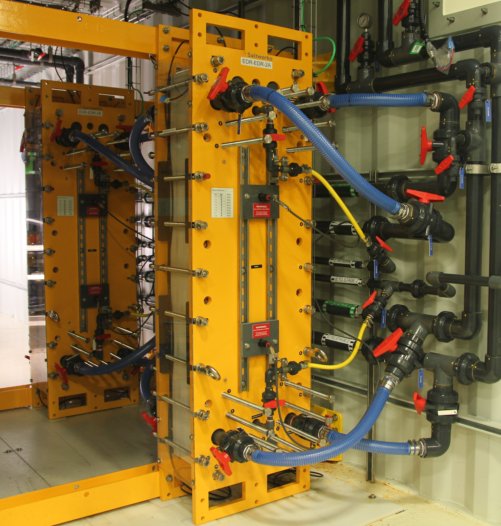
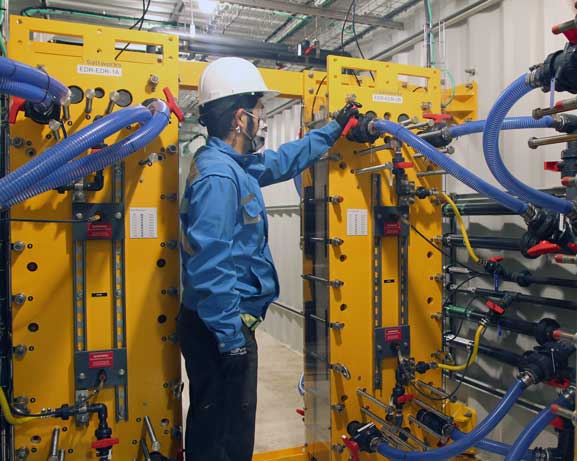
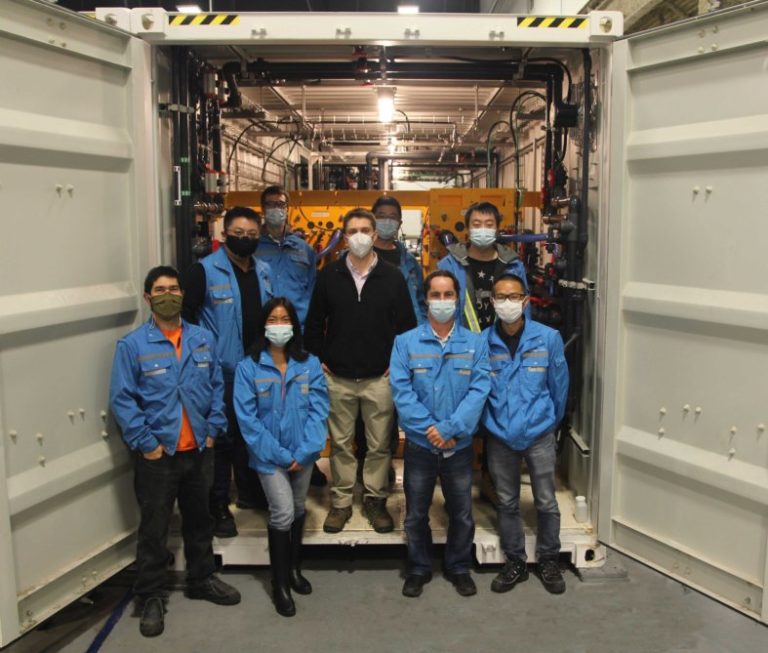
FlexEDR E150 stacks shown uninstalled (first image) and installed within a plant (second), a Saltworks engineer inspecting one of the plant’s FlexEDR stacks (third), and the project team in front of a plant (fourth).
Saltworks’ XtremeRO was selected for the second plant—designed and built to treat saline water for use in an industrial process. Delivered in two fully modular, fully automated, low footprint skids, the plant uses our sophisticated XtremeRO high pressure reverse osmosis technology and is capable of achieving extraordinarily high recoveries. Higher recovery means less brine waste, reduced liabilities, and more freshwater for re-use by the client. A polish RO was included to meet a high-quality treated water specification.
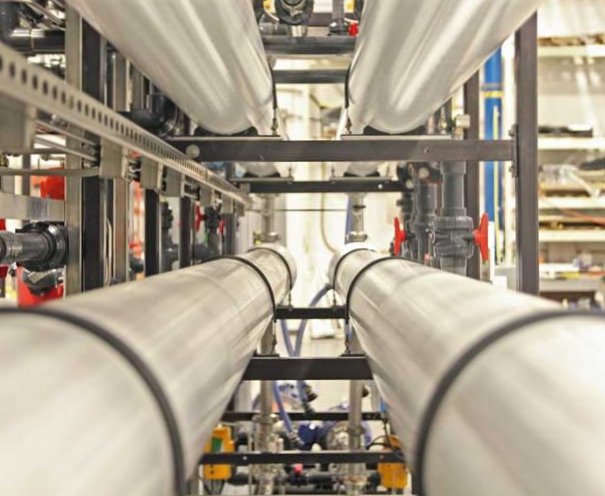
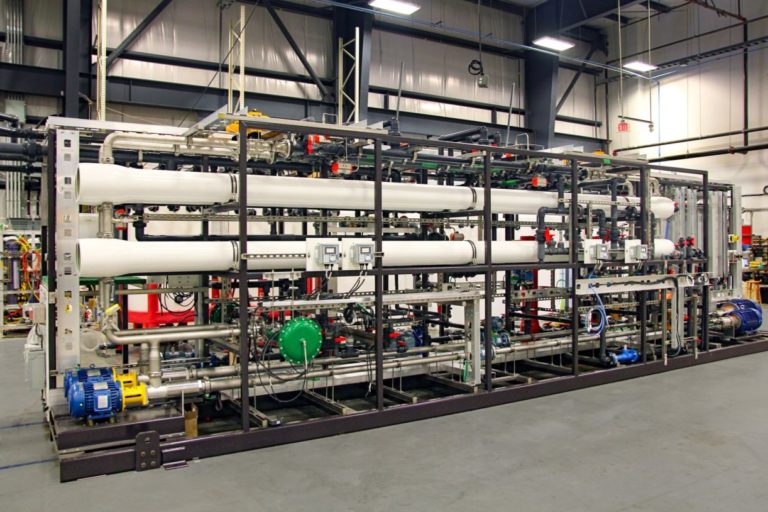
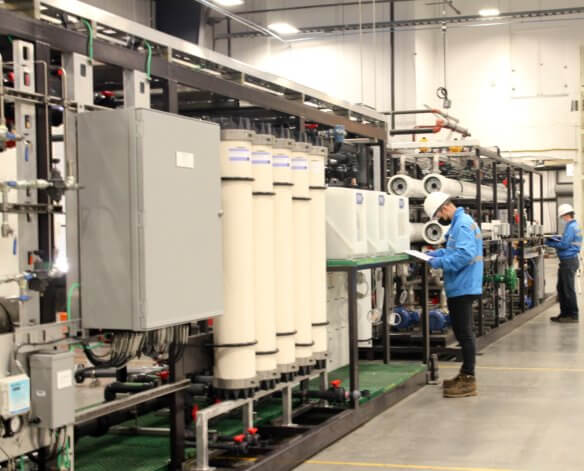
Reverse osmosis plant: close-up, internal view of four XtremeRO reverse osmosis vessels in the reverse osmosis skid (first image), the entire reverse osmosis skid (second), and the chemical and ultrafiltration pre-treatment skid in the foreground (third).
Both EDR and RO remove dissolved salts. Considerations of pretreatment requirements, final treatment goals, membrane health, the total cost of ownership, and risk factors are all important before deciding on one membrane technology platform over the other. Desalination solution providers with expertise in both membrane technologies are well-positioned to help customers navigate solutions, trade-offs, and select the right platform for their needs.
Saltworks offers advanced EDR and RO platforms, with industry-leading water recoveries. Our water treatment expertise, pilot fleet, and full-scale production also include thermal and chemical technologies. Reach out to Saltwork’s technical experts to learn more.
Saltworks Technologies is a leader in the development and delivery of solutions for industrial wastewater treatment and lithium refining. By working with customers to understand their unique challenges and focusing on continuous innovation, Saltworks’ solutions provide best-in-class performance and reliability. From its headquarters in Richmond, BC, Canada, Saltworks’ team designs, builds, and operates full-scale plants, and offers comprehensive onsite and offsite testing services with its fleet of mobile pilots.

Open-to-atmosphere evaporator, operating at low temperatures to concentrate brine.
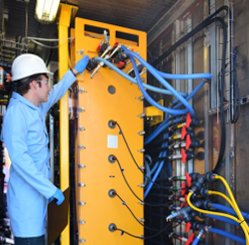
Saltworks is honoured to receive POWER Magazine’s 2020 Water Award for our ground-breaking ‘chloride kidney’ industrial desalination solution.
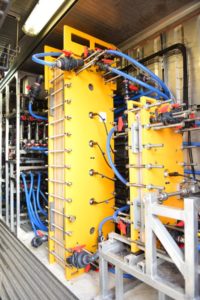
Saltworks’ FlexEDR electrodialysis reversal technology has been selected by a heavy industry client located in Chile to recycle their wastewater. The FlexEDR system, provided in partnership with Chile’s VIGAflow, will use Saltworks’ proprietary IonFlux ion exchange membranes.
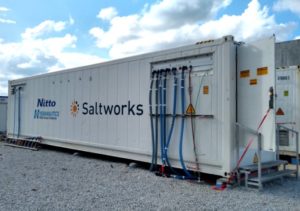
Our ultra-high recovery membrane pilot plant has successfully completed another tour of duty. After arriving in Southeast Asia earlier this year, the plant operated continuously around-the-clock for 90 days, achieving 98% water recovery from a complex, mixed industrial wastewater with high organics and variable water chemistry.